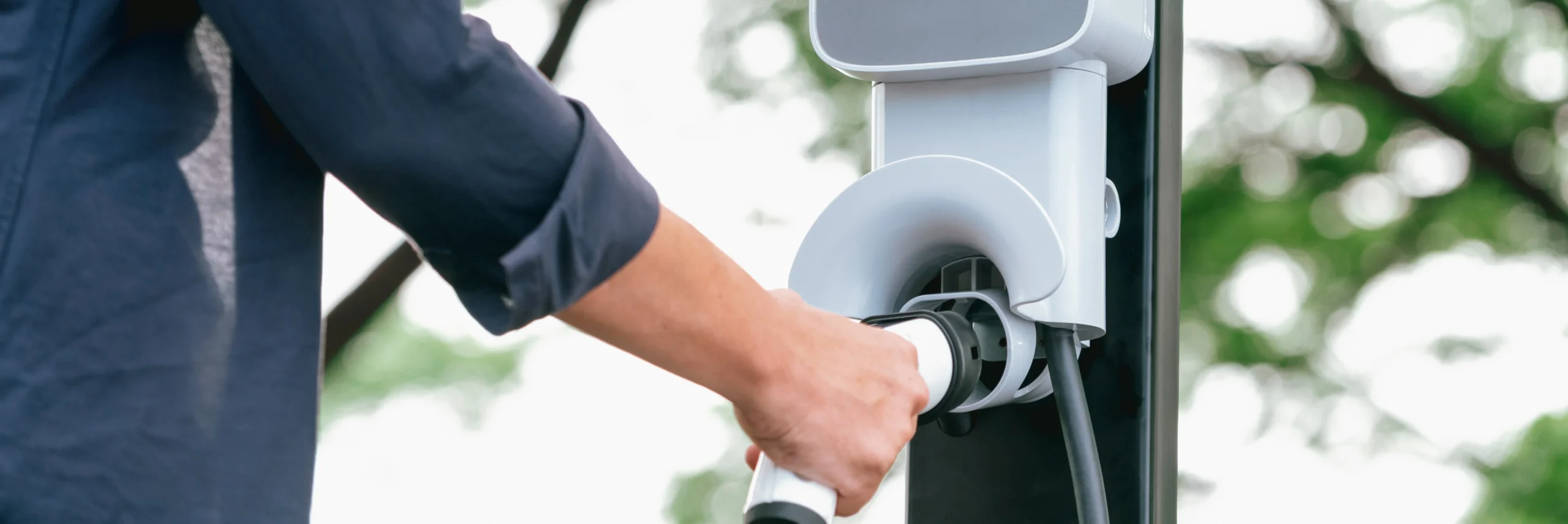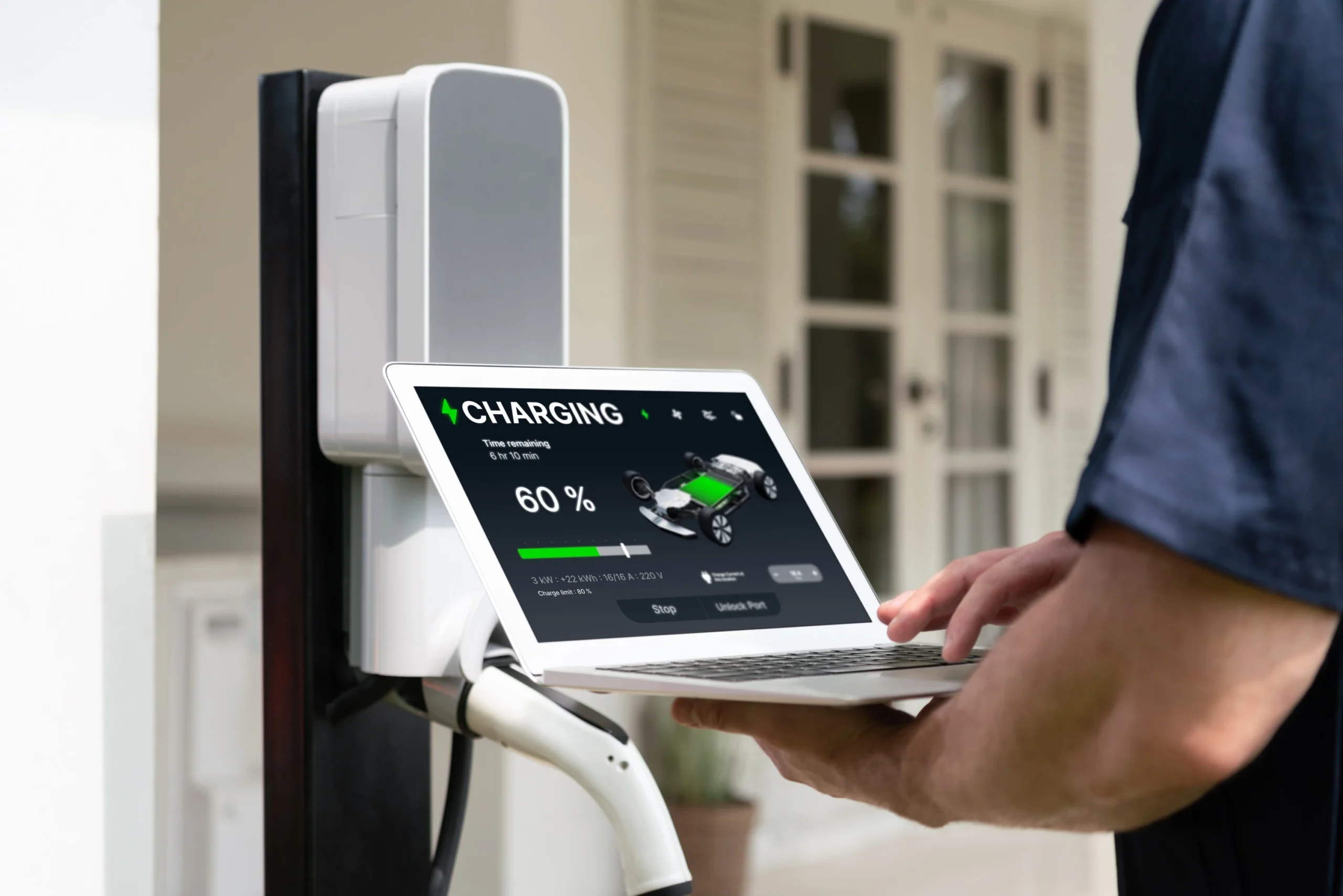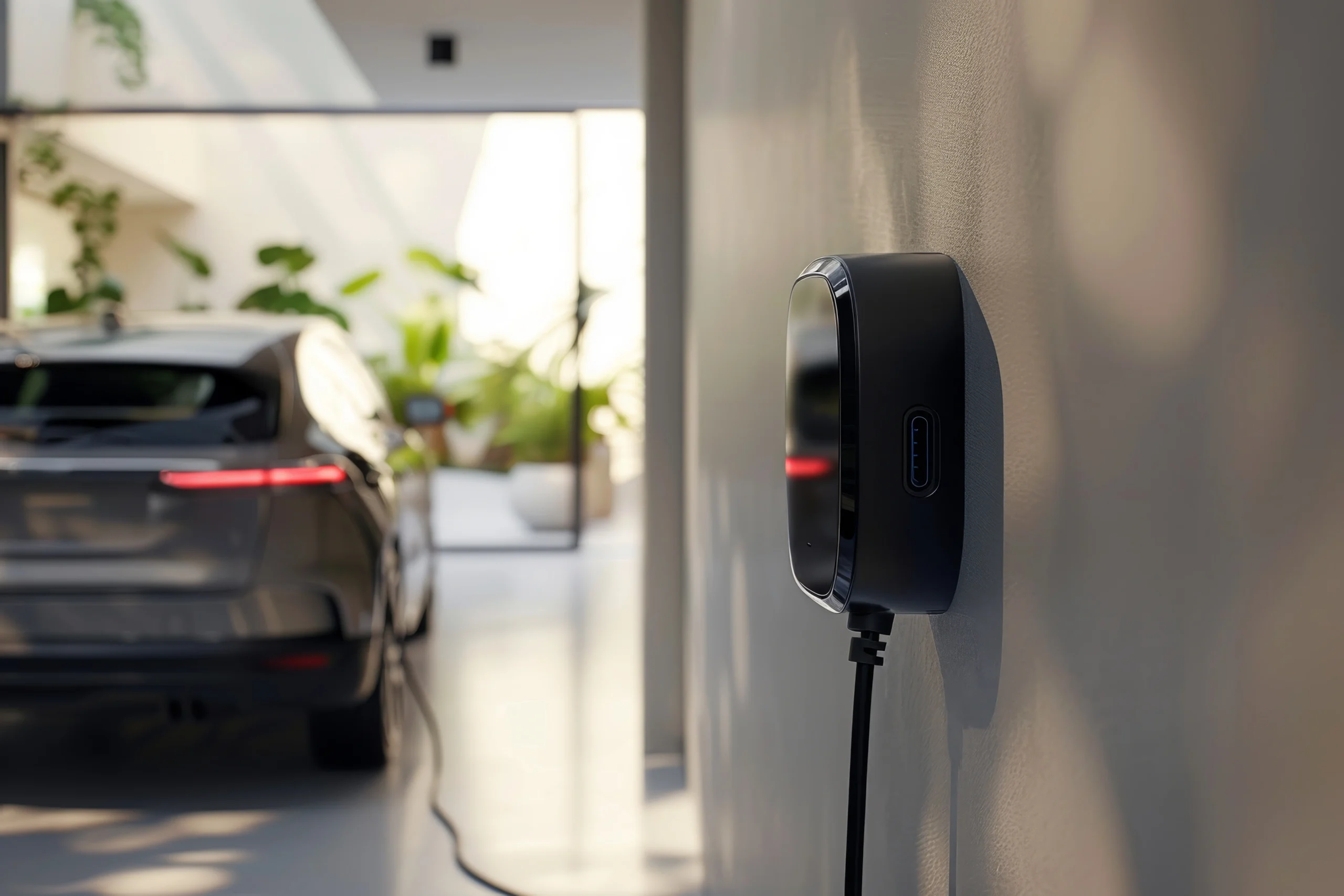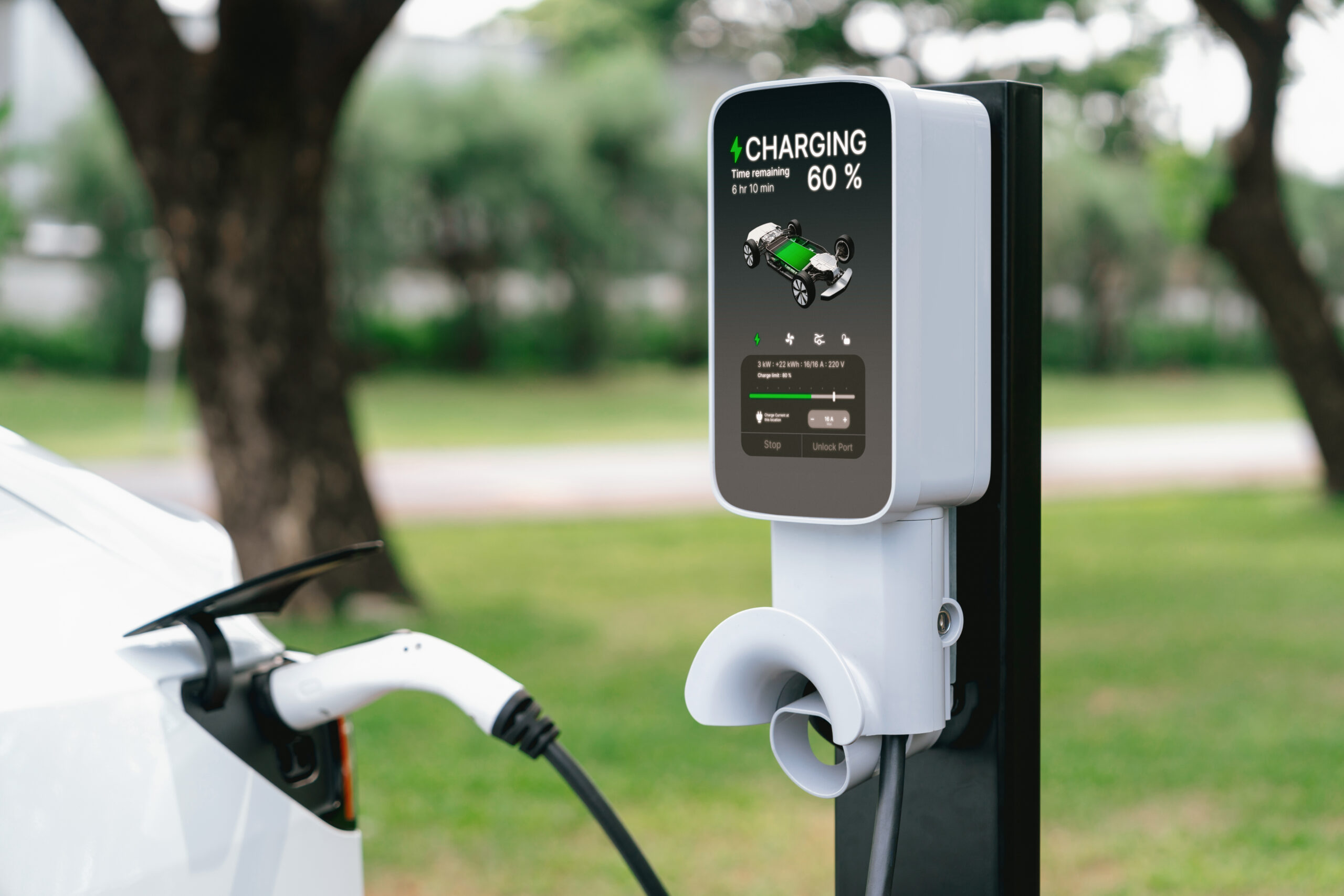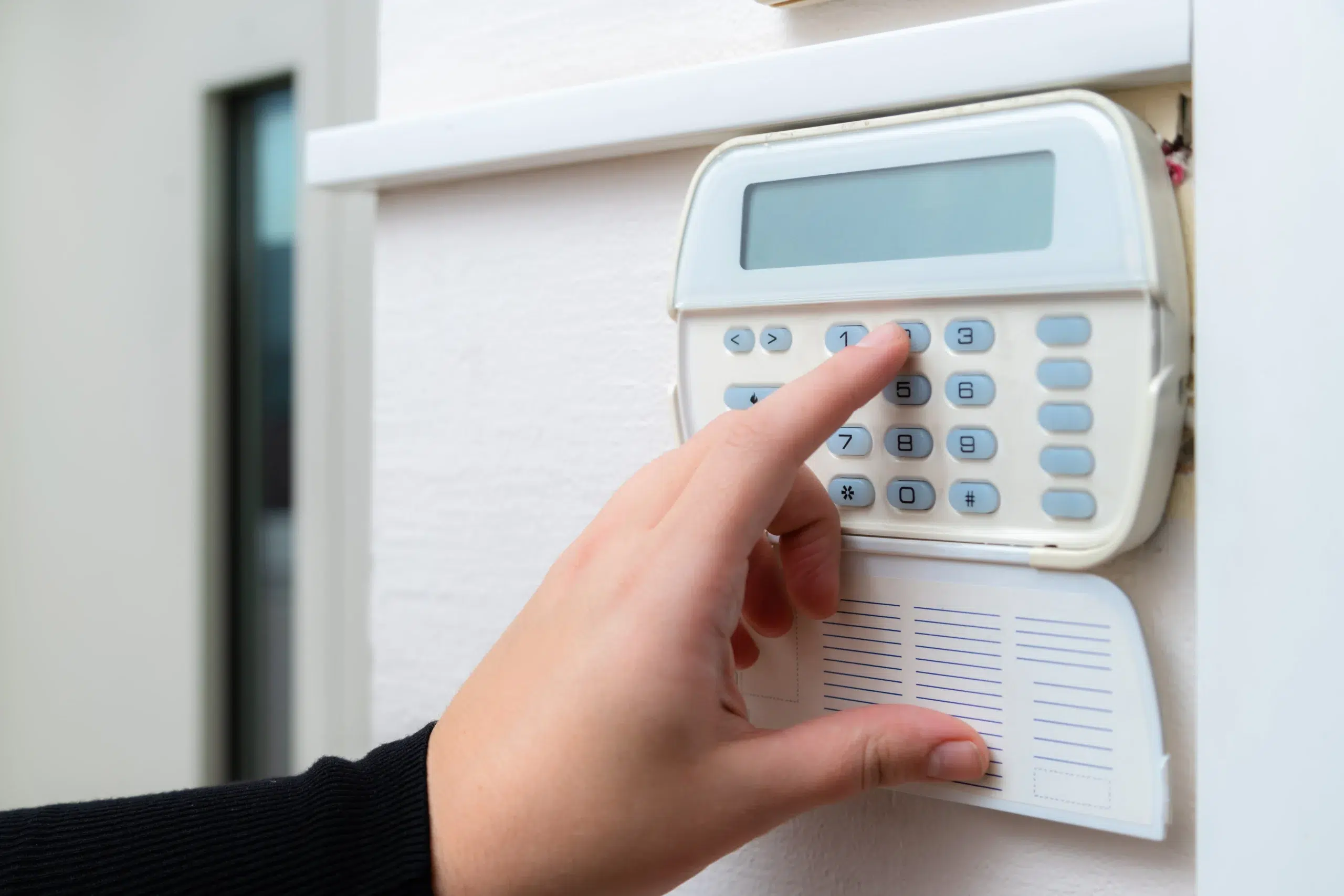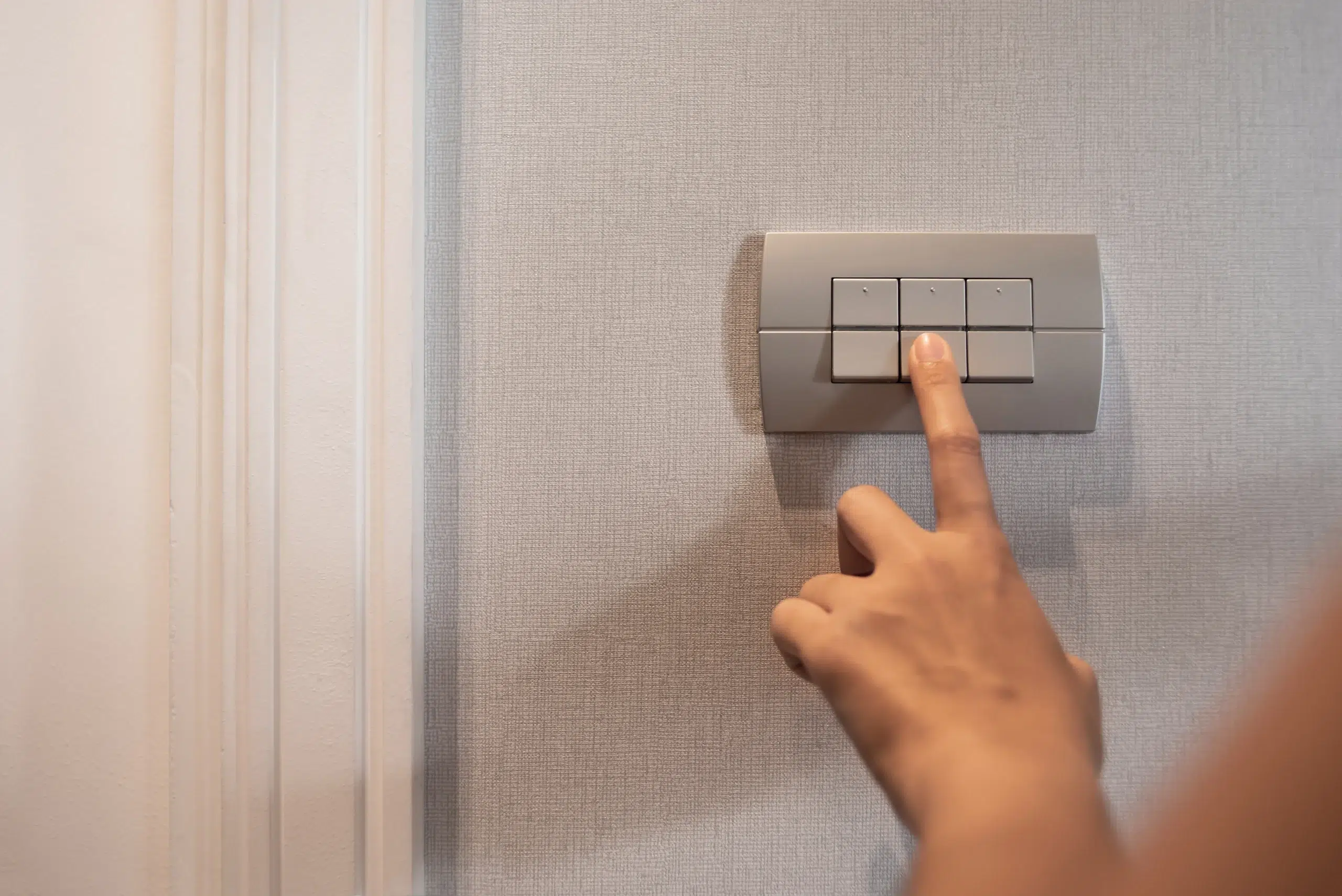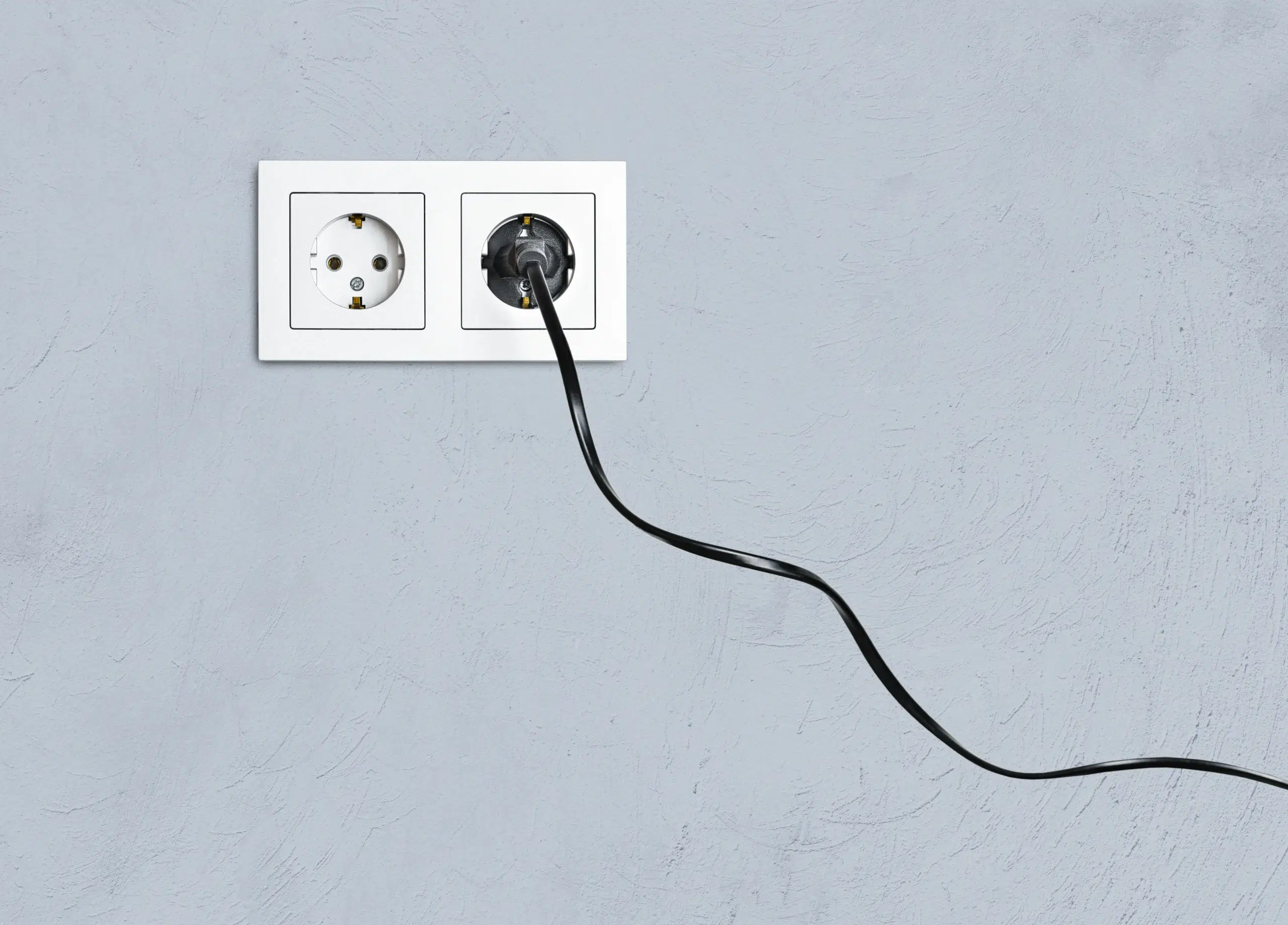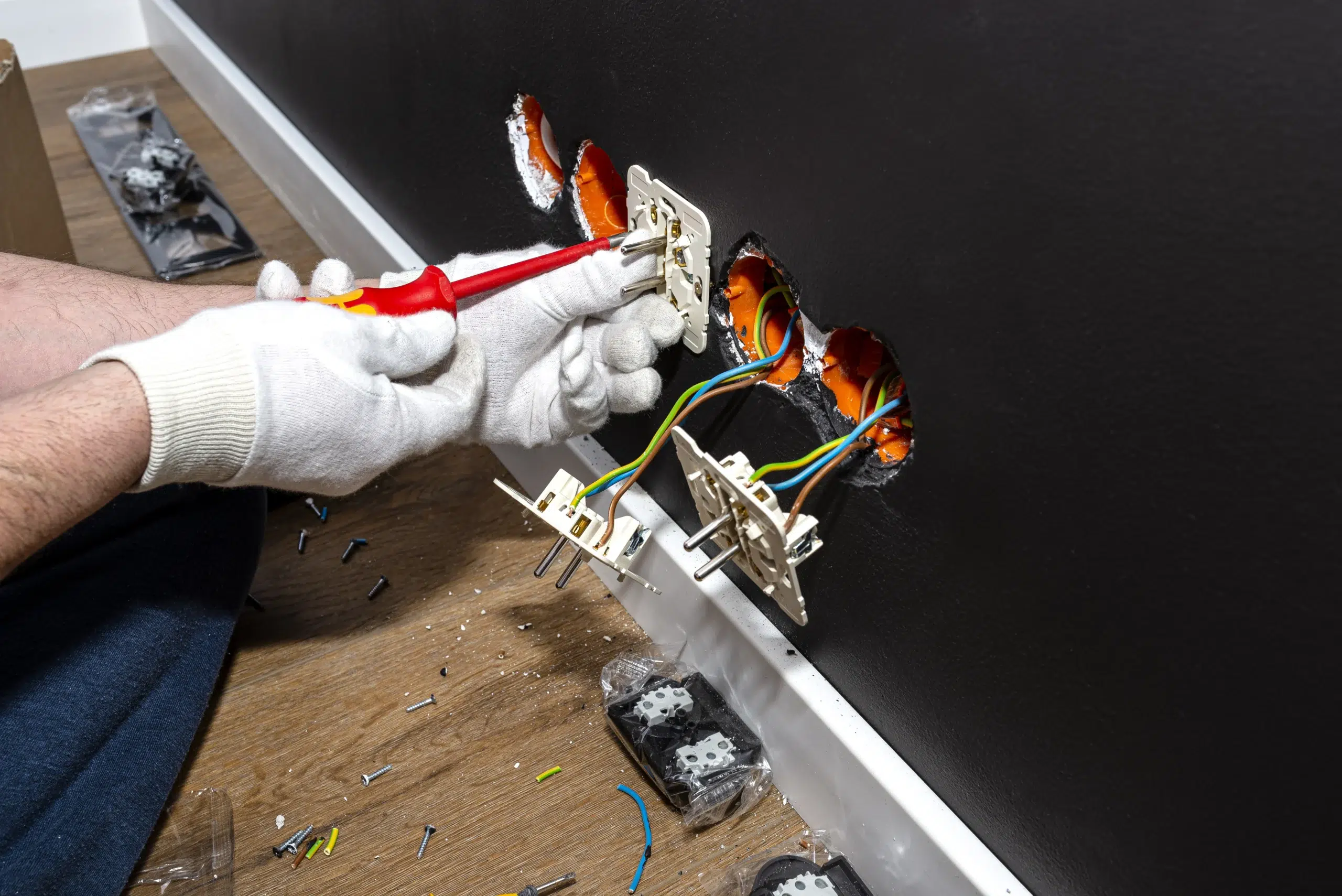Thinking of installing an EV charger in your apartment or shared parking area? Here's what you need to know
Category:
The shift towards electric vehicles (EVs) is driving growing demand for charging facilities in apartment complexes and shared parking spaces across Australia. While the convenience of charging at home is highly appealing, installing an EV charger in a strata property comes with its own set of challenges.
Before proceeding, residents should understand the required approvals, billing arrangements, technical aspects, and legal obligations. With a careful approach and professional guidance, it’s possible to create a safe, efficient, and future-ready charging system that benefits both EV owners and the wider community.
Body corporate approvals and strata rules
Explanation of body corporate in strata properties
Shared property and facilities in strata buildings, including parking areas, are managed by a body corporate. This is necessary because installing an EV charger can affect all users of common infrastructure, the electrical network, and other shared resources. Compliance with strata legislation is essential to secure approval for the installation.
How to navigate body corporate approval
Residents must submit an application that includes technical specifications, design details, safety information, and proposed site plans. Engaging licensed electricians to prepare professional reports and present a detailed, compliant installation proposal will significantly improve the chances of gaining body corporate approval and avoiding objections.
Common obstacles and how to overcome them
Typical challenges include determining how to share costs, managing electrical capacity, and maintaining equipment over the long term. These issues can be resolved through transparent communication, written agreements, expert consultation, and fair cost-sharing arrangements that protect the interests of all residents involved.
Load-sharing systems
What is a load-sharing system?
A load-sharing system distributes available electrical supply among multiple EV chargers to prevent overloads. This ensures efficient energy management by regulating charging power based on demand, making shared parking areas safer, more reliable, and scalable as EV usage increases in the future.
Benefits of load-sharing
Load-sharing helps balance electrical loads, reducing the risk of circuit overloads and avoiding unnecessary infrastructure upgrades. It also supports multiple EV owners, simplifies future expansion, and promotes affordable, sustainable charging in apartment buildings and shared parking environments.
Installation considerations
Before installation, it’s vital to assess the building’s capacity, switchboards, and available space. Qualified electricians evaluate the infrastructure, recommend necessary upgrades, and ensure compliance with Australian standards. This reduces safety risks and promotes long-term, reliable charging options for residents using shared facilities.

Billing management for shared parking
How to set up billing systems
Billing can be managed using individual meters, smart chargers, or shared metering systems. Transparent billing ensures fairness between residents. The choice of system depends on the existing infrastructure, energy tariffs, and whether residents prefer equal or usage-based contributions.
Who pays for the electricity?
Electricity costs can be shared collectively, billed individually, or included in strata fees. To avoid disputes, decisions must be clearly documented. Smart billing systems and transparent agreements simplify responsibility allocation, keeping arrangements fair and manageable for all residents.
Tracking energy usage
Accurate tracking ensures every EV owner pays fairly for their usage. Smart charging systems generate usage reports, providing clear visibility of consumption. This helps reduce conflicts, promotes accountability, and improves satisfaction among residents using the shared charging facilities.
Legal installation requirements for strata properties
Compliance with Australian electrical standards
All EV charger installations must comply with Australian electrical standards to ensure safety and legality. Only licensed electricians should perform the work using approved equipment. Compliance guarantees reliability, minimises hazards, and protects both residents and property owners from liability issues.
Required documentation (CCEWs)
A Certificate of Compliance for Electrical Work (CCEW) is legally required for EV charger installations. This certificate confirms that the installation complies with Australian standards, protecting residents, owners, and the body corporate from risks and potential insurance complications.
Avoiding legal issues
Unauthorised or substandard installations can lead to fines, safety hazards, or voided insurance. Securing body corporate approval, engaging licensed professionals, and obtaining compliance documents are critical to avoiding disputes and ensuring long-term legal and safety compliance.
Dealing with shared infrastructure and parking layouts
Space constraints and layouts
Limited parking space often requires creative solutions such as wall-mounted or compact chargers. Proper planning prevents access blockages, ensures smooth traffic flow, and reduces inconvenience for residents. Professional design guidance enhances approval chances and optimises the functionality of shared parking areas.
Impact on other residents
Some residents may worry that EV chargers could reduce parking availability or create unfair advantages. Open communication, transparent policies, and professional installation agreements help maintain harmony and fairness between EV owners and non-EV users within the property.
Retrofitting existing infrastructure
EV chargers require adequate electrical capacity, which some older buildings lack. Retrofitting may involve upgrading wiring, switchboards, or introducing load-sharing systems. Professional assessments determine feasibility and help modify existing infrastructure safely while meeting regulations and resident expectations.
Getting written approvals and documentation
Importance of written approval from property managers
Written approval legally validates the installation and prevents disputes. Property managers or body corporates should provide formal consent. Verbal agreements are insufficient and may cause future complications, making official documentation vital for compliance and accountability.
Documentation for future residents
Future residents should understand the terms associated with EV charger use. Documentation must outline billing arrangements, access rights, and maintenance responsibilities. Clear records ensure smooth transitions during ownership changes and prevent confusion or conflict within strata communities.
Ongoing maintenance and approval
EV chargers need regular inspection and maintenance to remain safe and compliant. Continued approval relies on adherence to agreed conditions, updated documentation when required, and consistent compliance with safety and body corporate standards.
Conclusion
Installing an EV charger in an apartment or shared parking area requires careful planning, legal compliance, and cooperation among residents. With proper documentation, clear agreements, and regular maintenance, the process can be seamless and sustainable. For safe, compliant, and efficient installations, trust On The Hour Service to deliver professional solutions that meet Australian standards and support long-term EV charging needs.
FAQ's
Do I need approval from my body corporate to install an EV charger in a shared parking area?
Yes, approval is essential because the installation affects shared property. Body corporate consent ensures compliance with strata laws, prevents disputes, and protects residents while maintaining fair use of common facilities.
How much does it cost to install an EV charger in an apartment parking space?
Installation costs typically range from a few hundred to a thousand dollars, depending on existing infrastructure, required wiring upgrades, and whether additional systems such as load-sharing are needed for safety and efficiency.
Can I share an EV charger with other residents in the building?
Yes, shared chargers are possible with proper load-sharing and billing systems in place. Documented agreements ensure clear responsibilities, prevent disputes, and enable fair electricity distribution among residents.
Who pays for the electricity used by the EV charger in a shared parking area?
Electricity costs can be covered through individual billing, shared metering, or strata fees. Smart meters ensure accurate data and fair allocation. Agreements should be formalised early to avoid misunderstandings.
Is it legal to install an EV charger in my apartment parking space?
Yes, provided the installation complies with Australian standards and is completed by a licensed electrician. Body corporate approval and compliance certificates ensure legality, safety, and long-term reliability.
93 Exley Road Wedderburn NSW 2560 Campbelltown & South West Sydney
Why Installing Your Own EV Charger Could Void Your Car’s Warranty and Insurance
Why Installing Your Own EV Charger Could Void Your Car’s Warranty and Insurance Category: The...
Read MoreThe Hidden Damage Rodent Cause to Electrical Wiring and Insulation
What Does a Pre-Installation EV Charger Inspection Entail? Category: Installing an EV charger at your...
Read MoreThinking of Installing an EV Charger in Your Apartment or Shared Parking Area? Here’s What You Need to Know
Thinking of installing an EV charger in your apartment or shared parking area? Here’s what...
Read MoreIs It Safe to Install an EV Charger Outdoors in Sydney’s Weather Conditions?
How to Choose the Right Gate Intercom for Your Property Category: The increased availability of...
Read MoreHow to Choose the Right Gate Intercom for Your Property
How to Choose the Right Gate Intercom for Your Property Category: Selecting the appropriate gate...
Read MoreThe Light Switch Feels Warm or Smells Burnt — What Should I Do?
The Light Switch Feels Warm or Smells Burnt — What Should I Do? Category: Light...
Read MoreWhy Do I Get a Small Electric Shock from My Appliances?
Why Do I Get a Small Electric Shock from My Appliances? Category: Small electric shocks...
Read MoreElectrical Surges Damaging Your Appliances? Here’s What You Can Do
Electrical Surges Damaging Your Appliances? Here’s What You Can Do Category: An electrical surge refers...
Read MoreWhat are the types of smoke Alarms and How Does It Work?
What are the types of smoke Alarms and How Does It Work? Category: A smoke...
Read MorePower Outage in Just One Room? Here’s What Could Be Causing It
Power Outage in Just One Room? Here’s What Could Be Causing It Category: Experiencing a...
Read More
